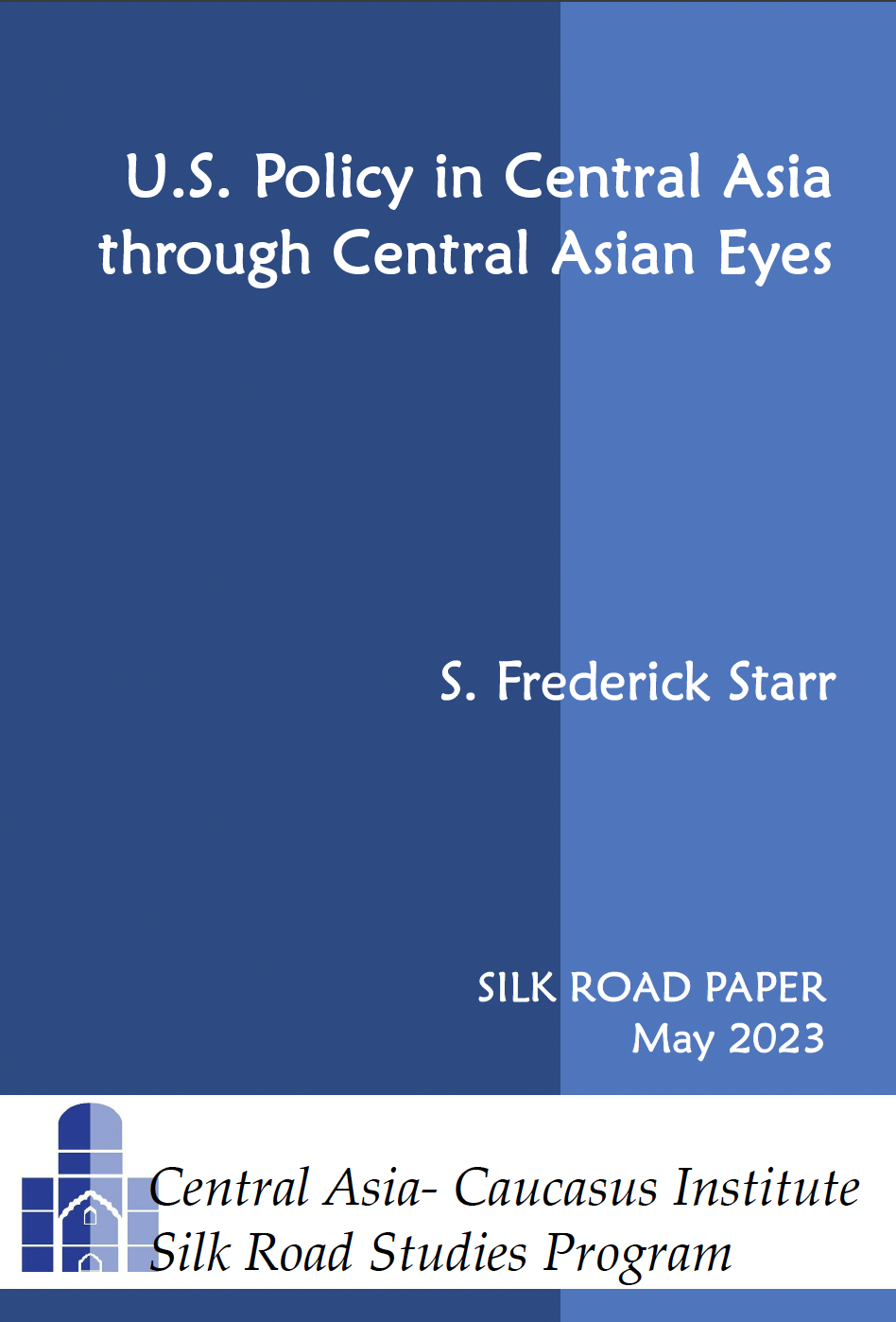Future prospects for Caspian energy
By Stephen Blank
October 10th, 2016, The CACI Analyst
There are several signs of a possible turn for the better in the energy prospects of Caspian states, and especially Azerbaijan. The collapse of energy prices appears to have bottomed out. Even prices stagnating at US$ 40-60 a barrel gives energy producers a certain margin to cushion the shocks they will endure. A major aspect of the Caspian states’ comparative advantage is their proximity to Turkey and Southeastern Europe. As European growth recovers, the demand for energy coming through those states will likely grow. Ukraine’s growing freedom from Russian energy coercion will also stimulate it to look for alternatives and new opportunities for Caspian producers. Yet the perhaps most encouraging sign is the construction of new capacities to tie together and eventually integrate the European market.
The North Caucasus insurgency: weakened but not eradicated
By Emil Aslan Souleimanov
October 6th, 2016, The CACI Analyst
The North Caucasus insurgency has weakened dramatically in recent years. While Chechnya-based jihadist groups now number a few dozen fighters, jamaats operating in Kabardino-Balkaria and Karachay have been nearly wrecked. In Ingushetia, a few insurgent groups remain numbering a couple of dozen members. In Dagestan, the epicenter of the regional insurgents, several jamaats have survived and number around a hundred active members. Indicative of the unprecedented weakening of the North Caucasus insurgency is the jihadists’ inability to elect an amir of the Caucasus Emirate: since the liquidation of the last amir Magomed Suleimanov in mid-August 2015, the jihadist resistance has been beheaded as it lacks a formal leadership. Yet has the regional insurgency indeed been defeated?
Technoparks in Kazakhstan: will they help develop the innovation sector?
By Rafis Abazov and Zhumatay Salimov
October 4th, 2016, The CACI Analyst
The government of Kazakhstan has been among the pioneers in Central Asia in promoting the development of technoparks, perceived as vehicles for attracting investment to hi-tech industries, stimulating technology transfer and ultimately contributing to the building of a knowledge-intensive economy. The government also envisions that technoparks will help the national economy move away from dependency on commodities exports and establish competitive knowledge-intensive industries. Yet, the effectiveness of these multi-billion tenge investments has been hotly debated among experts in the country. Some argue that developing technoparks and innovation clusters is the only route towards an internationally competitive national economy. Others claim that the policy has not been effective, and that technoparks have failed to produce significant outcomes even after a decade of active investment.
Unrest in Gilgit-Baltistan and the China-Pakistan economic corridor
By Sudha Ramachandran
September 29th, 2016, The CACI Analyst
Rising unrest in Gilgit-Baltistan and India’s growing assertiveness in laying claim to this region has set alarm bells ringing in Islamabad and Beijing. After all, Pakistan’s control over Gilgit-Baltistan is essential for the success of the China-Pakistan Economic Corridor (CPEC) project. China is pressing Pakistan to legalize its relationship with Gilgit-Baltistan. Pakistan’s options are fraught with risk.



 Silk Road Paper S. Frederick Starr,
Silk Road Paper S. Frederick Starr,  Book Svante E. Cornell, ed., "
Book Svante E. Cornell, ed., "